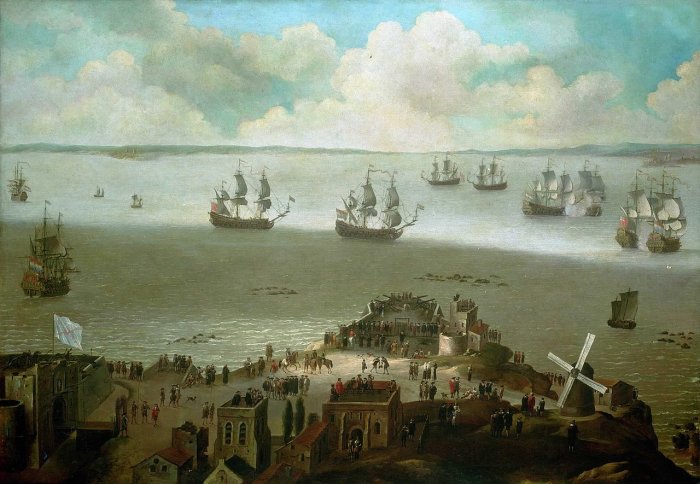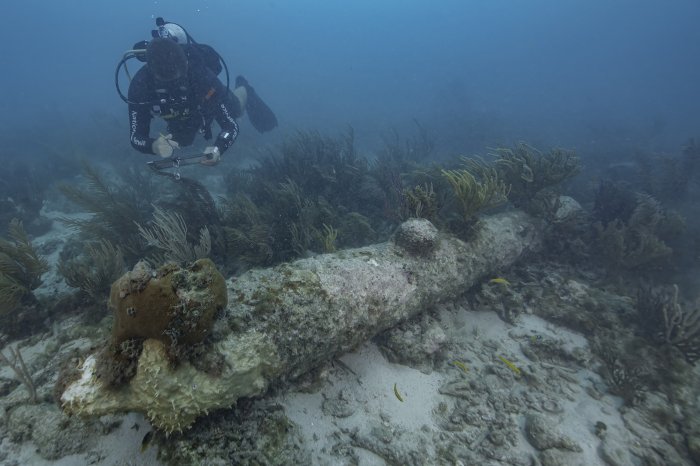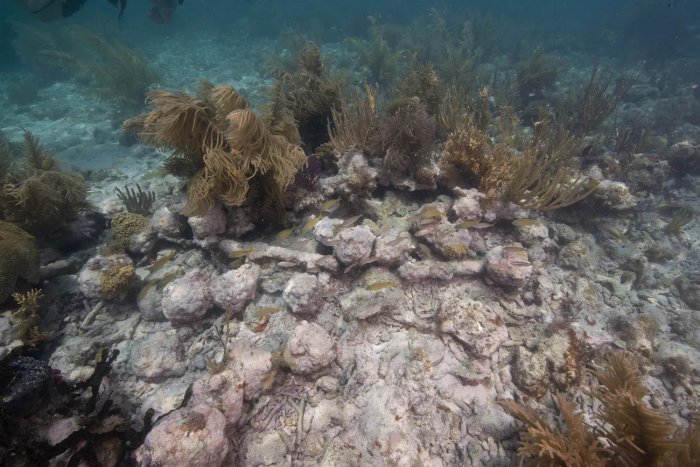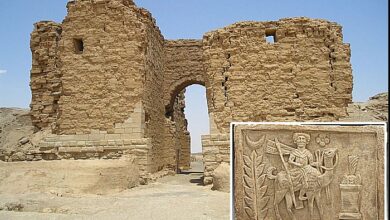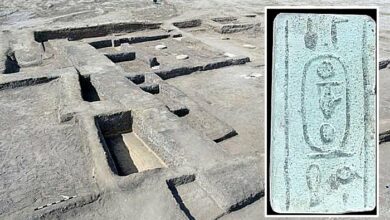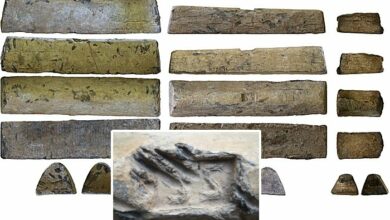Sunken 18th-Century British Warship HMS Tyger Found In The Dry Tortugas National Park, Florida
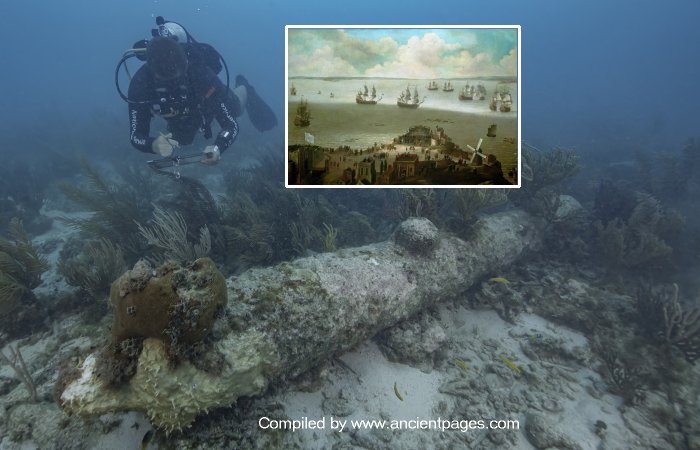
Conny Waters – AncientPages.com – Archaeologists from the National Park Service have discovered the archeological remnants of HMS Tyger, a British warship from the 18th century, within Dry Tortugas National Park situated roughly 68 miles west of Key West in Florida’s Gulf of Mexico.
The ship, a Fourth-Rate frigate armed with 50 guns and built in 1647, sank in 1742 after hitting the reefs of Dry Tortugas during its patrol in the War of Jenkins Ear between Britain and Spain. Although initial traces of this historic shipwreck were found back in 1993, recent research has brought to light conclusive evidence.
On February 23, 1674, the HMS ‘Tiger’ captured the ‘Schakerloo’ in the harbor of Cadiz. Credit: Public Domain
Drawing upon historical research, a team of archaeologists from Dry Tortugas National Park, the Submerged Resources Center, and the Southeast Archeological Center conducted a survey in 2021. They discovered five cannons approximately 500 yards away from the primary wreckage site. Interestingly, an obscure reference was found within old logbooks that detailed how the crew managed to “lighten her forward” after initially running aground. This action temporarily refloated the vessel before it ultimately sank in shallow waters.
The study published in the International Journal of Nautical Archaeology reveals that the cannons discovered were identified as British six and nine-pound cannons. This identification was made based on their size, features, and location.
It is believed that these were discarded when HMS Tyger initially ran aground. This new discovery and subsequent reassessment of the site have led archaeologists to argue that the wreckage first found in 1993 convincingly is indeed the remnants of HMS Tyger.
Diver identifying a “broad arrow” marking on a copper barrel band denoting ownership by the British military. Copper barrel bands were used on small barrels of copper during the 18th century. Credit: National Park Service
“Archeological finds are exciting, but connecting those finds to the historical record helps us tell the stories of the people who came before us and the events they experienced,” said Park Manager James Crutchfield in a press release. This particular story is one of perseverance and survival. National parks help to protect these untold stories as they come to light.”
Following the wreckage of HMS Tyger, around 300 crew members found themselves stranded for 66 days on what is presently known as Garden Key. A century before the establishment of Fort Jefferson, they constructed the first fortifications on the island. Today, Fort Jefferson is a prominent feature on the island and serves as the primary cultural asset within the park.
The stranded survivors had to endure harsh conditions, such as extreme heat, mosquito infestations, and a lack of water, while trying to leave the desolate island. They ingeniously constructed boats using the salvaged remnants of the wrecked HMS Tyger. These boats were used in multiple attempts to seek assistance, procure more supplies, and identify Spanish naval ships in their vicinity.
The shipwreck HMS Tyger was identified in the Florida Keys. Credit: National Park Service
Following an unsuccessful assault on a Spanish ship, they decided to burn what was left of Tyger. This was done to prevent its artillery from being seized by adversaries. Utilizing their improvised boats, they managed a daring 700-mile (1,125 km) escape through hostile waters, which led them safely to Port Royal in Jamaica.
“While the site is routinely monitored and currently protected under cultural resource laws applicable to other sites within Dry Tortugas National Park, positive identification of HMS Tyger as a British naval vessel offers additional protection under the Sunken Military Craft Act of 2004. The remains of HMS Tyger and its related artifacts are the sovereign property of the British Government in accordance with an international treaty,” the National Park Service informs.
Image showing concreted cannonballs on the seafloor. Credit: National Park Service
It is worth mentioning a similar warship, HMS Fowey, was lost in what is now Biscayne National Park in 1748 and is currently managed under a Memorandum of Agreement between the United States and the British Royal Navy.
See also: More Archaeology News
“This discovery highlights the importance of preservation in place as future generations of archeologists, armed with more advanced technologies and research tools, are able to reexamine sites and make new discoveries,” said Josh Marano, the maritime archeologist who led the team that made the discovery.
Written by Conny Waters – AncientPages.com Staff Writer

